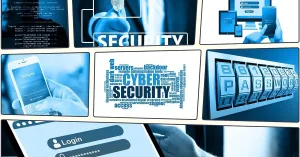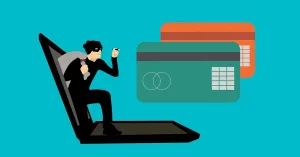The arrival of Covid-19 in the spring of 2020 changed our society in ways we could never have predicted. Not only were we subjected to the fear of getting the virus, but our very livelihoods were threatened. With government mandates to shut the doors of businesses, so many people lost their jobs or were forced to begin working from home.
Now here we are a year later and if you asked a remote worker how they feel about working from home, a whopping 98% would say they like it, bolstering the concept that remote work is becoming our new normal. “I don’t think we’ll go back to the same way we used to operate,” Jennifer Christie, chief HR officer at Twitter, told CNBC. “I really don’t.”
It is true that working from home has definite perks, for both employers and employees. Studies have reported greater levels of job satisfaction, less stress, and higher productivity. Many employers have given feedback indicating improved retention, while also being able to reduce office expenses.
However, remote work presents its own brand of challenges, and one of the most crucial is to keep work-related information secure. A survey by Shred-It found that 86 percent of C-suite executives feel that the risk for data breaches is significantly higher with remote work.
To help companies make sure their data remains secure while employees work from home, the Rules of Thumb blog from MoneyThumb would like to share the following 4 tips courtesy of an article at Entrepreneur.com.
1. Ramp up user-training efforts.
While criminal attacks are responsible for the majority of data breaches, human error is also a significant contributor to digital security issues. An analysis in Australia found that 36 percent of all such cases were directly attributable to human error.
Phishing emails are one of the most common threats facing employees, tricking them into clicking on fraudulent links that are designed to install malware or steal account information. These hacking attempts can be very intricate, even going so far as to imitate official communications from your company or its partners.
Now that employees are working outside the office, you should make doubly sure that they understand the dangers of phishing and other attacks. Teaching them to identify fraudulent communications will keep many severe breaches from ever becoming an issue.
2. Require two-factor authentication.
Whether a work-issued laptop is stolen or your employee uses the same password for work as they do for another account that has been compromised, there are countless avenues that criminals can use to gain access to employee information — even when your team is using digital-security best practices.
To counteract this, an increasing number of companies are requiring two-factor authentication when employees log in to their accounts. During a recent call with Ryan Lakin, president of IronEdge Group, he explained, “Two-factor authentication adds a layer of redundancy to ensure that only the actual account owner can access their account. A hacker could steal an employee’s password, but they probably won’t have a phone that receives the verification code. They certainly wouldn’t have a fingerprint, which is used in some systems. Adding one extra step to the login process could make all the difference in keeping hackers out.”
3. Audit account-access restrictions.
With the bulk of your team working remotely, now is an important time to audit account access restrictions, particularly if everyone works within the same company dashboard. Information Security Form estimates that 54 percent of company security breaches are caused intentionally by internal actors.
Exploiting proprietary information, giving away account access and other, similar actions could compromise your company’s digital data. The more access someone has to your internal dashboards, the greater the threat. As such, you should double-check all user accounts and ensure that remote workers only have access to the information they need to do their job.
4. Provide remote security updates.
While you may have invested in firewalls and other cybersecurity upgrades at the office, your employees may no longer have access to these resources now that they’re working from home. When providing company-owned devices, make sure that all firewalls and antivirus software are fully up-to-date. Consider helping employees using their own devices with the installation of such tools.
The use of encryption software can also protect your data while your team is working remotely. This can even be done with programs like Adobe Acrobat or Microsoft Office. Files that are encrypted can only be opened by someone who has the appropriate “key” or passcode. This way, even if a hacker were to intercept a work-related file, they would be unable to open it. Data encryption can even keep someone from accessing files if they were to steal a remote worker’s device.
By implementing the above 4 tips into your company directives, the online security of your data should be less of a worry, even if remote work becomes the new normal. No matter the future, we will handle it with aplomb. The exhilarating thing about challenges is that they often turn out to be blessings in disguise. After all, as humans, adaptability is what we do best.





















Add comment